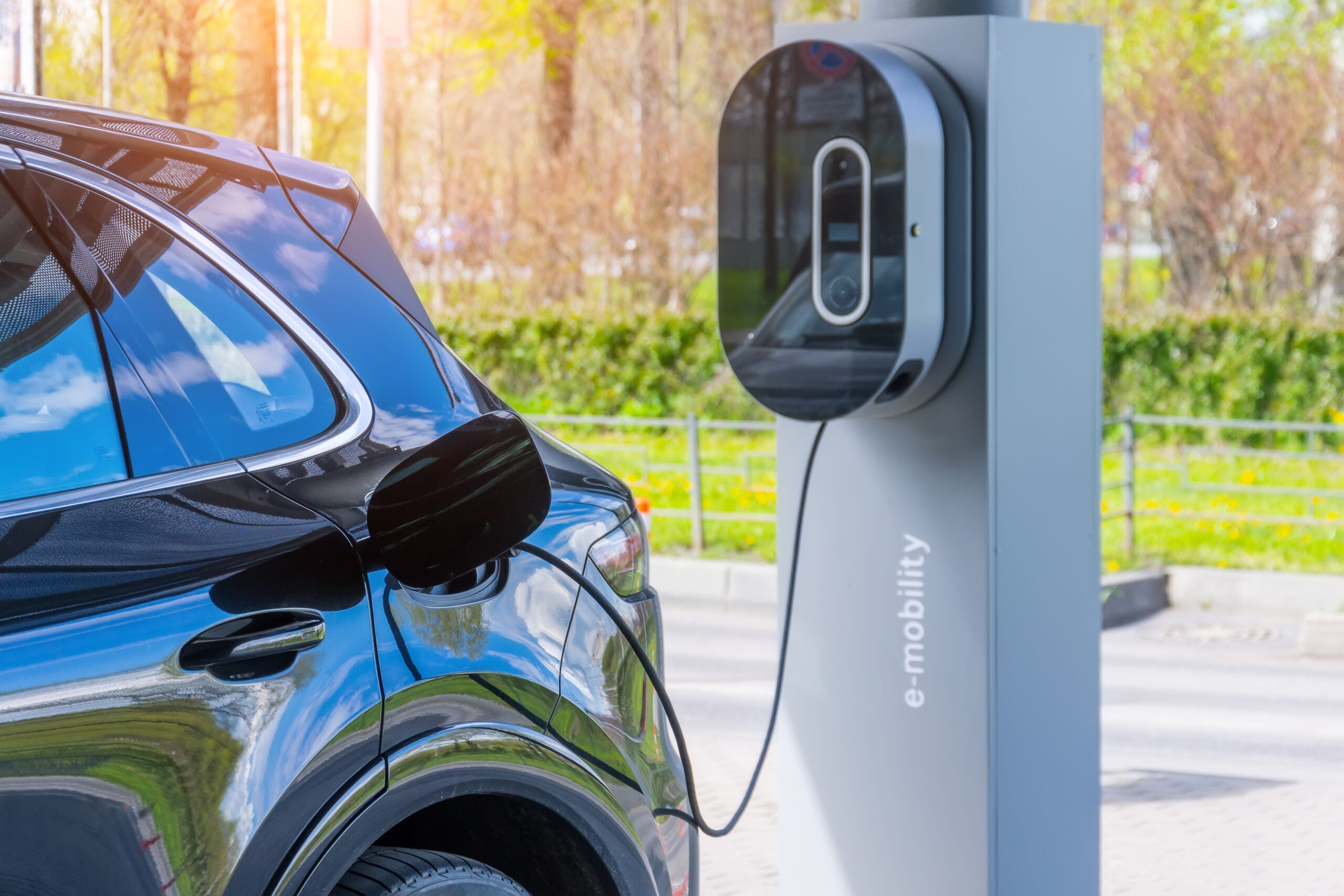Tesla changed the public’s perception of electric vehicles in 2012 with the launch of the Model S sedan. This was the first ever mass-produced electric car that truly captured the public’s imagination, changing the image of EVs from compromised, eco-friendly economy cars, to desirable, advanced, high-performance premium vehicles. Accepted wisdom in the industry is that once the established automakers began to flex their muscles with their own EVs, as emission regulations tightened and forced them to enter the market, that the establishment would quickly catch up.
The scale of the challenge facing other automakers, however, is becoming more daunting by the year.
How well do you really know your competitors?
Access the most comprehensive Company Profiles on the market, powered by GlobalData. Save hours of research. Gain competitive edge.

Thank you!
Your download email will arrive shortly
Not ready to buy yet? Download a free sample
We are confident about the unique quality of our Company Profiles. However, we want you to make the most beneficial decision for your business, so we offer a free sample that you can download by submitting the below form
By GlobalDataAt the end of January 2021, Tesla announced a wide-ranging package of updates to its Model S, which is now entering its tenth year of sale. Much of the reporting on the new model focused on its bizarre aircraft-yoke-inspired steering wheel but among the most impressive revelations was that the latest version could now achieve a range as high as 520 miles – very nearly double that of the first Model S. Interestingly, Tesla has achieved this range improvement without the use of its latest own-design 4680 battery cells, or even the updated 2170 cells used in the Model 3’s pack – the latest Model S still uses the same 18650-format cells as employed in the first versions, with the larger range coming thanks to updated cell chemistry.
That claimed 520-mile figure is significantly higher than any figure claimed by the Model S’s rivals. The Porsche Taycan in its longest-range form can achieve a claimed 301 miles on a full charge, while the closely related Audi e-tron GT can muster 296 miles.
When the Taycan and e-tron GT were first conceived, the Model S’s maximum range hovered around 300 miles – comparable to the VW Group pair – but, in the time taken to launch those cars, the Model S has pulled ahead noticeably. Even the more affordable Model 3 that launched two years before the Porsche still returns a higher claimed range at up to 360 miles.
The same process can be observed when looking to performance metrics such as horsepower. The Porsche and Audi make 761 and 598hp respectively – impressive figures by any conventional standard. However, the updated Model S in Plaid+ guise now generates up to 1,100hp – more than a contemporary Formula 1 car and, again, comfortably more than its closest rivals from Germany.
When price is factored into the equation, the difference between the Model S and competitors becomes even more clear. The most expensive Model S costs $139,990, almost exactly the same price as the Audi e-tron GT and nearly $45,000 cheaper than the Porsche.
The glaring gap between the claimed performance of the latest Model S and its rivals highlights the difficulties traditional auto companies are having in trying to compete. The established order’s performance deficit demonstrates the pitfalls of static benchmarking attribute sets against a rival that develops vehicles with all the agility of a Silicon Valley software company. The establishment’s usually slow, iterative development process, whereby 36-months from design freeze to Job 1 is considered fast, will have to change gear to compete with a rival that offers OTA updates and model year enhancements that truly change the competitive environment.
Tesla, having spent years developing its electric vehicle technology, is now reaping the rewards through performance metrics that comfortably elevate its models above their closest rivals. Rivals – traditional automakers with a wealth of car-building experience – now find themselves on the back foot as they race to catch up. With the product cycles of electric vehicles likely to be shorter than those of combustion vehicles thanks to rapidly advancing battery technology, Tesla appears to be at least one full product generation ahead of its closest rivals.




Related Company Profiles
Tesla Inc
Audi AG